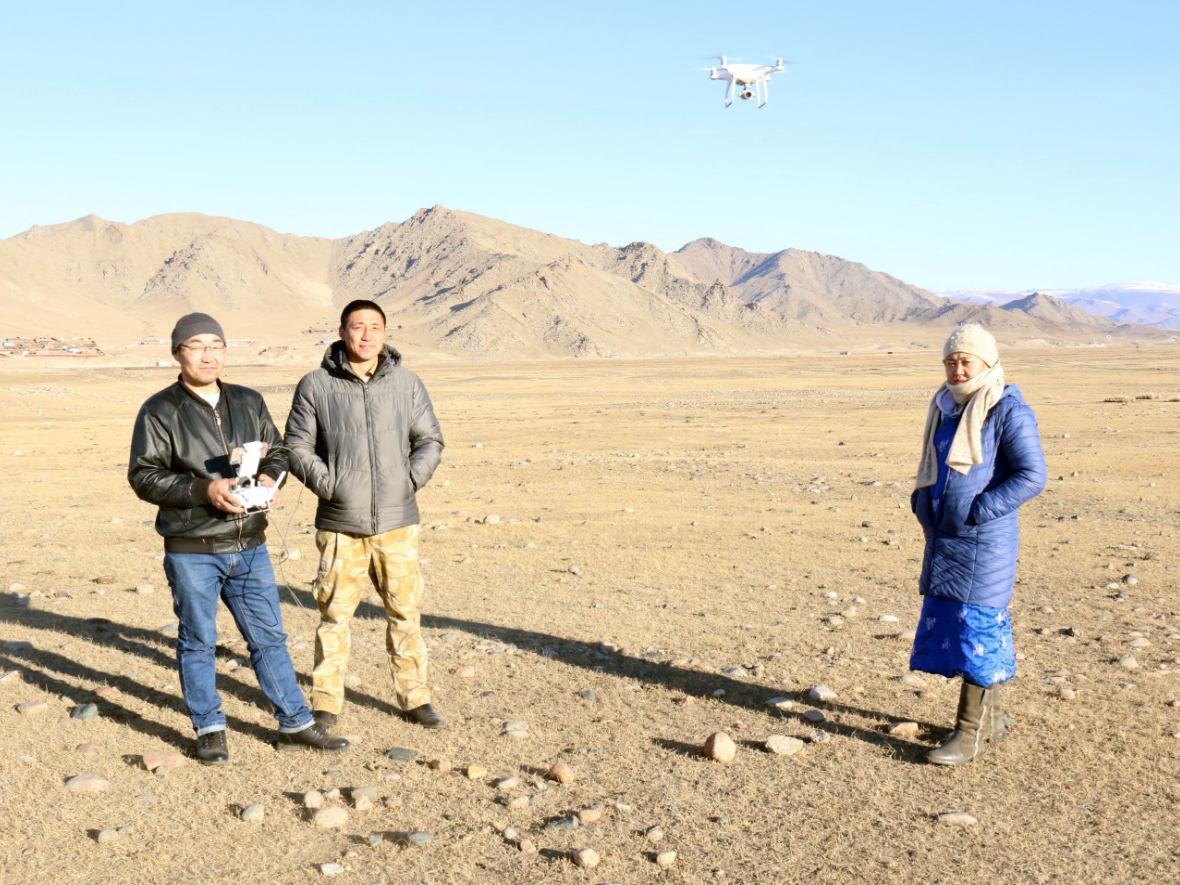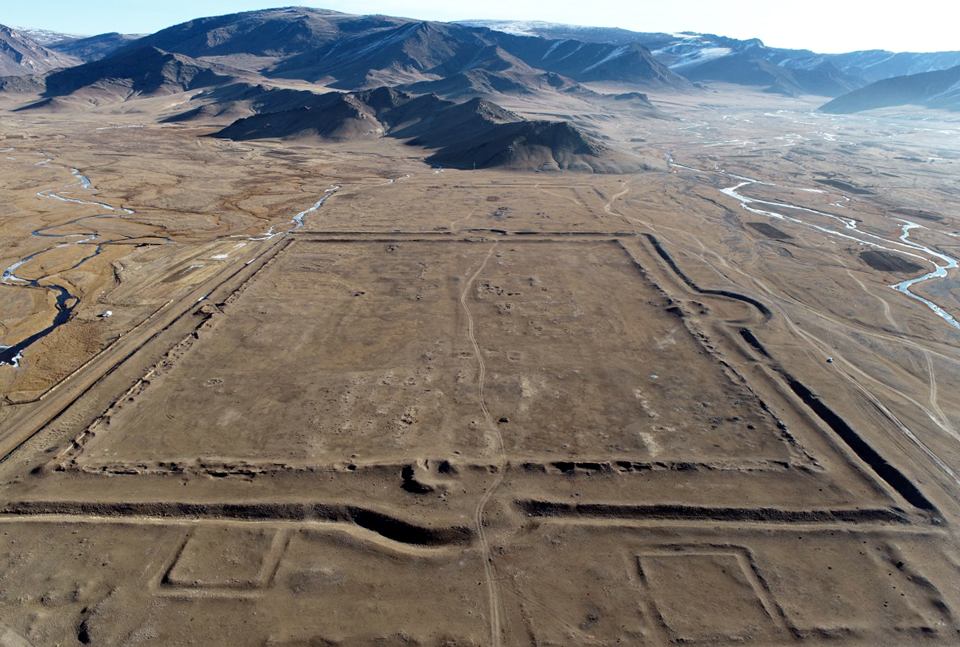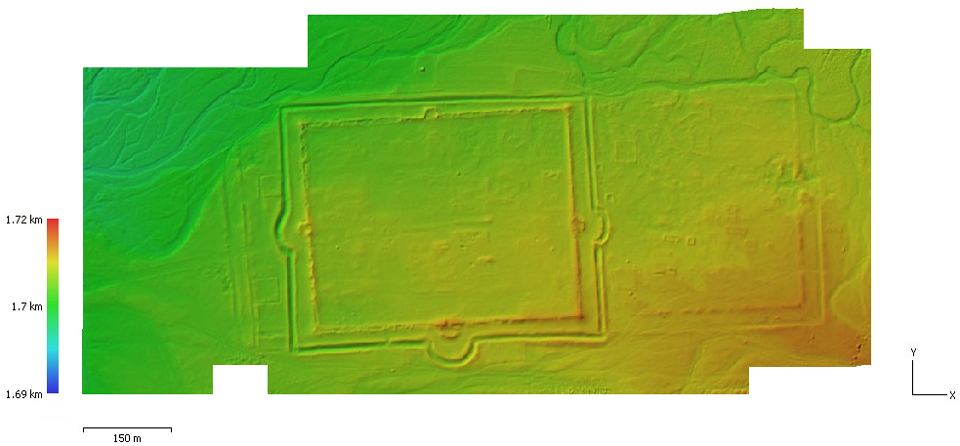
Our team in Mongolia
Field research on urban sites during the Corona Pandemic, in cooperation with Institute for Prehistoric and Protohistoric Archaeology, Kiel University
The Mongolian-German research project “Abandoned cities in the steppe: Roles and perception of Early Modern religious and military centres in Nomadic Mongolia”, funded by the Gerda Henkel Foundation (link) and associated with the Urban ROOTS subcluster (link), focuses on the study of the emergence and reception of permanent settlement structures in Central Mongolia, which emerged during the reign of the Manchurian Qing dynasty between the 17th and early 20th centuries AD.
Although the Mongolian-German excavation and survey campaign had to be cancelled in summer 2021 due to the current SARS-CoV-2 pandemic, part of the planned fieldwork could still take place in autumn 2020, when Enkhtuul Chadraabal, PhD candidate in the project, was able to enter Mongolia as a Mongolian citizen. Thus, together with research assistants E. Urtnasan and G. Odmagnai of the Mongolian partner institute, Enkhtuul succeeded in carrying out photogrammetric documentation of the Manchu military city of Uliastai in the Zavkhan Province by copter flights and by creating a 3D digital elevation model of this outstanding modern urban centre (Fig. 1). The city of Uliastai was founded by the Manchurians as a military garrison in 1733 during the Qing reign. It quickly developed into one of Mongolia’s most important political centres and a significant place of economic and cultural life. The city also forms the starting point of the development of today’s modern city (Fig. 2).
In addition, two other Manchu-period sites in the vicinity of Uliastai were flown over and documented. The high-resolution 3D models and the aerial photographs now provide new and detailed information about the structure and location of the Manchu military garrison of Uliastai. These rich datasets will be evaluated and analysed over the next months and they will serve to identify the building structures in more detail when planning future excavations on the site (Fig. 3).
Report: Enkhtuul Chadraabal, PhD student, Institute for Prehistoric and Protohistoric Archaeology, Kiel University.
Collaborators: E. Urtnasan, G. Odmagnai, Mongolian Academy of Sciences, Department of History and Ethnology, Ulaanbaatar; M. Oczipka, University of Applied Sciences, Dresden.
Diese Mitteilung wurde zuerst von der Christian-Albrechts Universität zu Kiel veröffentlicht:
www.cluster-roots.uni-kiel.de/en/fieldwork-and-activities/our-team-in-mongolia-field-research-on-urban-sites-during-the-corona-pandemic



